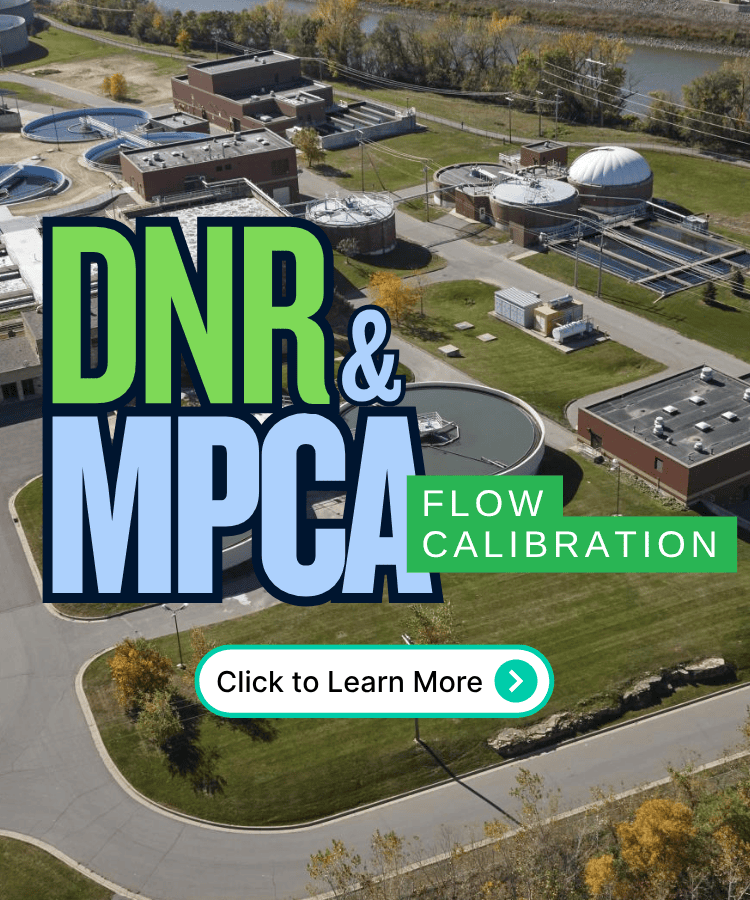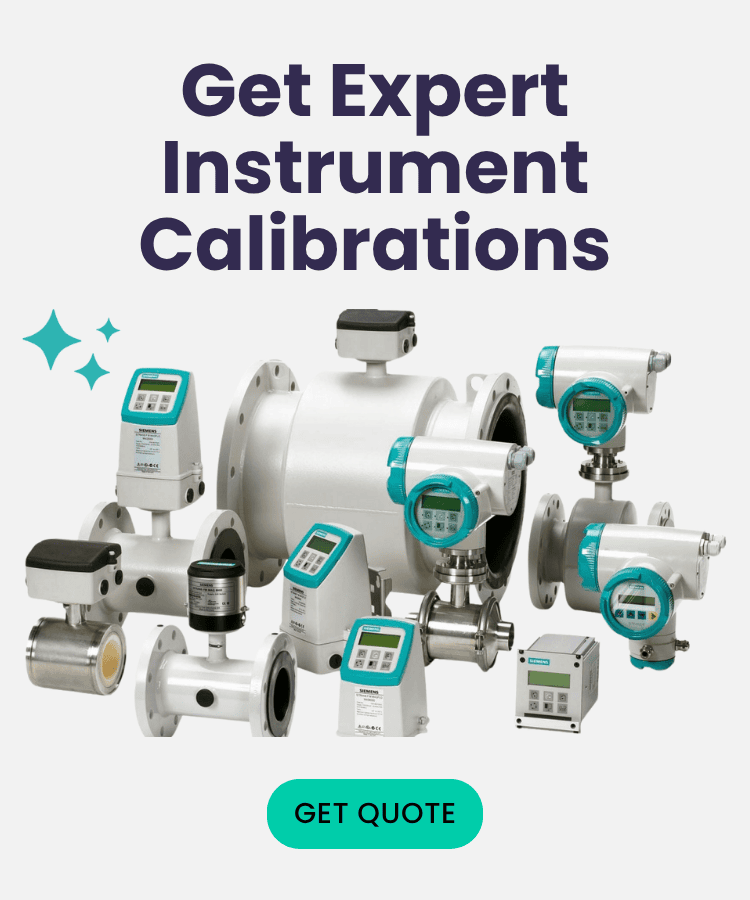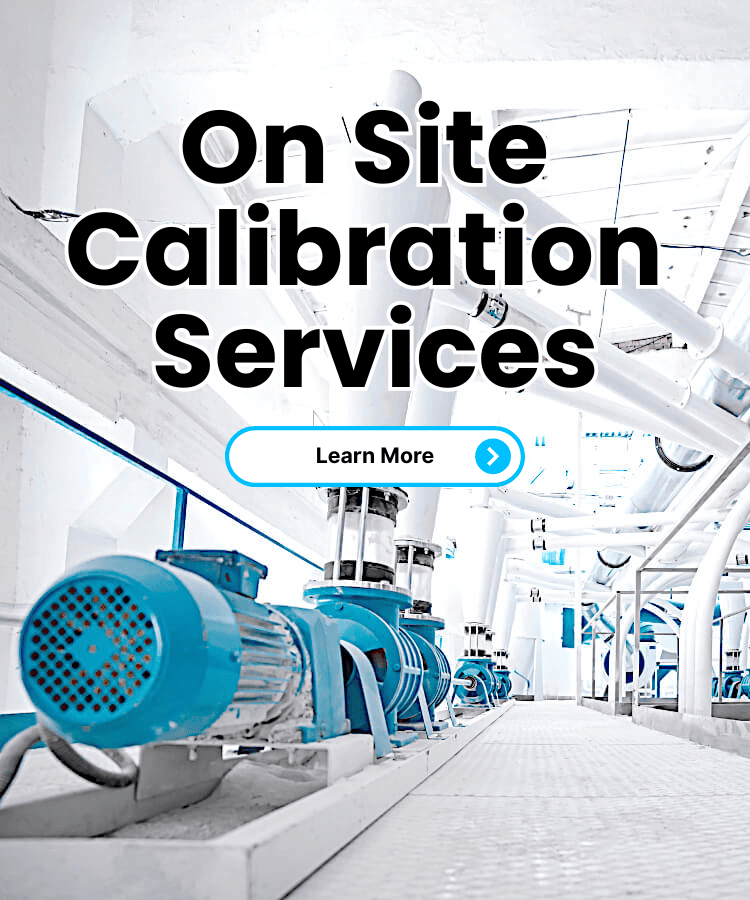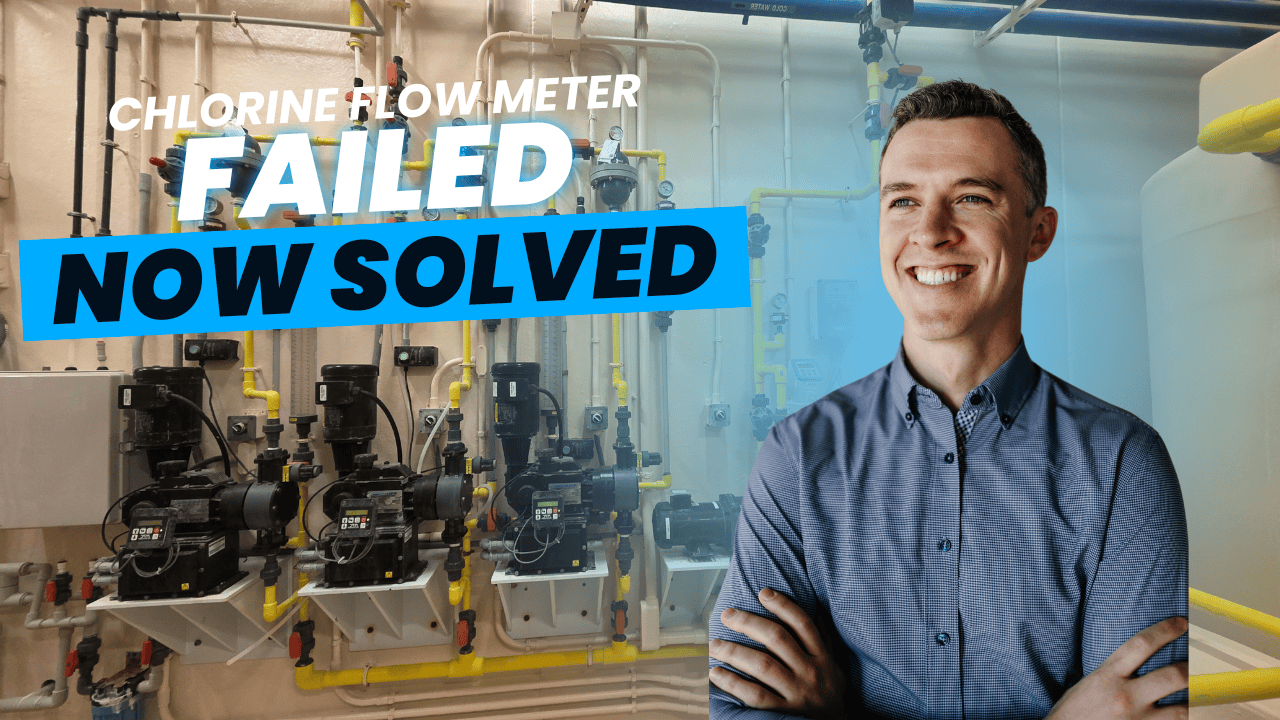Welcome to the world of water and wastewater treatment, where keeping things clean is more than just a job—it's a science! The heroes of this story are our trusty instrumentation devices, ensuring that everything flows smoothly, quite literally. Let's dive into why calibrating these devices is so crucial, what they do, how they work, and how often they need a little TLC.
Flow Meters: The Water Traffic Controllers
What They Do: Flow meters are the traffic controllers of the water world, measuring the volume of water or wastewater moving through pipelines.
Types:
- Magnetic Flow Meters: Harness magnetic fields to gauge water velocity. They're like the wizards of flow measurement.
- Ultrasonic Flow Meters: Use sound waves to measure fluid velocity, much like how bats navigate.
- Differential Pressure Flow Meters: Calculate flow rate by measuring pressure drops over obstructions. Think of them as the detectives solving the mystery of flow.
Calibration:
- Frequency: Twice a year for the more important flow readings such as influent and effluent flows. Once a year or as your manufacturer's manual advises for other flow meters.
- Why It Matters: Accurate flow measurements are essential for process control and regulatory compliance. No one likes surprises, especially in water flow!
Level Sensors: The Liquid Lifeguards
What They Do: These sensors keep an eye on the liquid levels in tanks and reservoirs, making sure everything stays balanced and in check.
Types:
- Ultrasonic Level Sensors: Use sound waves to measure the distance to the liquid's surface, like a submarine sonar.
- Float Switches: Simple yet effective, these use a floating object to open or close a circuit as the liquid level changes.
- Radar Level Transmitters: Use radar waves for precise level measurements. They're the radar operators of the liquid world.
Calibration:
- Frequency: Every six months to a year.
- Why It Matters: Proper level measurements prevent overflows, ensure correct chemical dosing, and maintain optimal conditions.
pH Meters: The Chemical Balancers
What They Do: pH meters measure the acidity or alkalinity of water, crucial for maintaining chemical balance.
Calibration:
- Frequency: Before each use or at least monthly.
- Why It Matters: Keeping the pH just right ensures the effectiveness of treatment processes and the safety of the water.
Turbidity Meters: The Water Quality Inspectors
What They Do: Turbidity meters check how cloudy or clear the water is, indicating the presence of suspended particles.
Calibration:
- Frequency: Monthly or as regulatory standards require.
- Why It Matters: Clear water means quality water. Accurate turbidity measurements ensure effective treatment and compliance.
Dissolved Oxygen (DO) Meters: The Water Breathers
What They Do: DO meters measure the amount of oxygen dissolved in water, vital for aquatic life and biological treatment processes.
Calibration:
- Frequency: Before each use or weekly.
- Why It Matters: Proper oxygen levels are crucial for biological processes, especially in aeration tanks. Think of it as making sure your water can breathe easy!
Conductivity Meters: The Purity Guardians
What They Do: Conductivity meters measure the water’s ability to conduct electricity, indicating the level of dissolved salts and ions.
Calibration:
- Frequency: Monthly.
- Why It Matters: They ensure water purity and help detect contaminants. It's like having a purity inspector on the job!
Pressure Transducers: The System Guardians
What They Do: Pressure transducers measure the pressure within pipes and tanks, ensuring everything runs smoothly.
Calibration:
- Frequency: Annually or biannually.
- Why It Matters: Accurate pressure measurements prevent equipment failures and keep the system running efficiently.
Conclusion
Regular calibration of these devices is like giving your favorite gadgets a check-up. It ensures everything runs smoothly, meets safety standards, and keeps our water clean and safe. So, next time you enjoy a glass of water, remember the amazing devices and diligent calibration that make it all possible. Happy calibrating!







